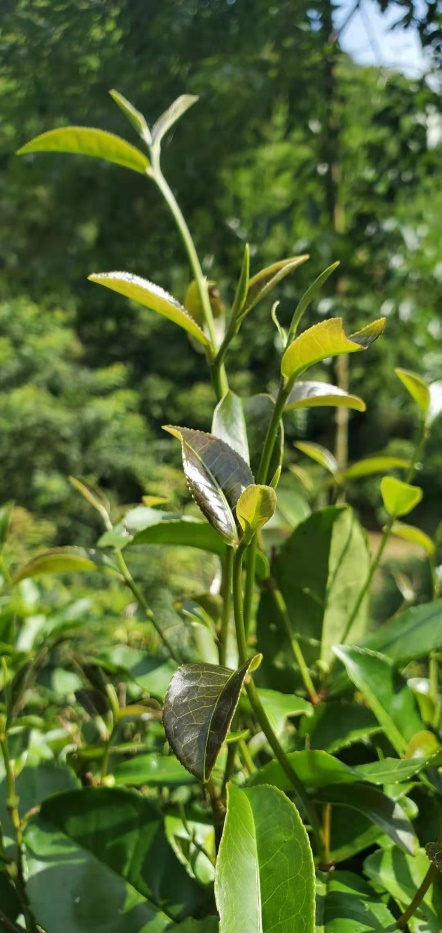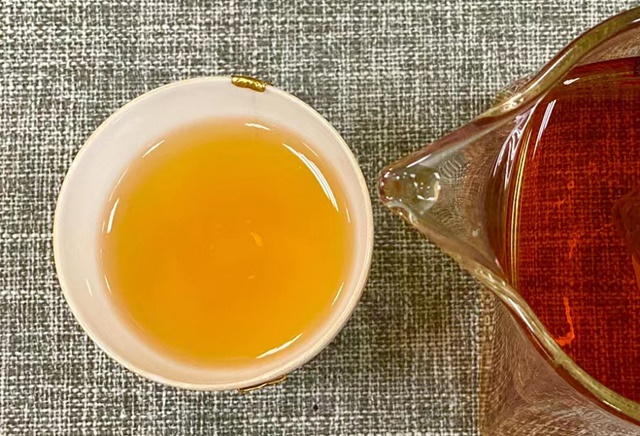[ad_1]

Interest in premium teas has been on the rise over the last few decades, due to both health benefits and lifestyle. A rising star amongst them is the white tea category.
Most tea consumers are familiar with green tea and black tea. White tea has been relatively lowkey until now.
The recent surge in demand for white tea has resulted in a significant price hike. Premium Fuding Silver Needle recorded a 35% retail price increase in 2017 alone, while the wholesale price has quadrupled during the last 10 years.
The limited production
Premium white tea’s production is limited worldwide, being traditionally produced in certain pocket areas of the Fujian Province of south-east China: Fu-Ding (福鼎), Zheng He (政和), Song-Xi (松溪) and Jian-Yiang (建阳). Fu-Ding is believed to be the birthplace of all white teas and still manages to produce the best of this category to date.
Whilst the Yunnan province of southwest China is best known for its Pu-erh tea production, there is a Yunnan white tea which is made with tea leaves from arbor trees (Assamica) and processed differently from the Fujian white teas.
There are similarities as well as differences between the Fujian and Yunnan white teas. For the inexperienced eyes and taste buds, however, they are easily confused.
With the surge in demand, white teas’ production has been expended mainly achieved by extending production into surrounding areas with similar climate and soil conditions to traditional areas in the Fujian Province.
The white teas produced in these relatively new areas are generally sold at lower prices.
Yunnan white tea is also gaining popularity, considered a substitute for the Fujian white tea for budget-conscious consumers.
White tea’s health benefits
White teas have long been known to have potent medicinal properties. One example – it was well known by the locals to use aged white teas to treat fevers caused by measle infection long before the modern era of antibiotics. The researchers have now established that white teas are anti-inflammatory.
White teas have been found to have the highest level of Flavonoids (many are anti-oxidants) and above-average levels of Amino acids. Other documented health benefits include:
- Reduction of cholesterol level, preventive of cardio-vascular diseases
- Reduction of blood sugar level and anti-diabetic
- Anti-oxidant, preventive of cancers and many other degenerating conditions
- Anti-inflammatory
- Anti-mutagenic
White teas are also used in Chinese herbal medicine for the following properties:
- Detox
- Anti-inflammatory
- Vision enhancement
- Liver function preservation
- Preventive of heat stroke
- speed up hangover recovery
With our society increasingly burdened by so-called ‘lifestyle-related health conditions, such as obesity, cardiovascular diseases, cancers, diabetes, and inflammatory diseases, many are turning to lifestyle changes for answers.
Tea, being a calorie zero beverage with many health benefits, makes a perfect candidate.

The unique Fujian white tea
The traditional definition of white teas includes the following components:
- Production region: the Fujian province of southeast China
- Tea plant: Fuding Da-Bai-Hao (Fuding big white fur)
- Processing method: Wei-Diao (withering) then sun-dried (or low heat dried depending on the weather conditions during the harvest).
Sitting on a spectrum between its close tea category neighbors, the unfermented green tea and semi-fermented Oolong tea, the white teas are the least processed teas.
There is no rubbing, pressing, rolling, or baking of the white tea leaves, which are only lightly fermented/oxidized during processing. As such, the production of white tea, whilst highly skillful is relatively simple.
Based on the tenderness of the tea leaves and the harvesting time, white teas are graded in the following hierarchy:
- Silver Needle: made with only the unopen needle shape tips only, harvested during the early spring
- White Peony: made with one tip leaf plus a couple of opened leave beneath, harvested during the mid-spring
- Shou Mei and/or Gong-Mie: made of most mature tea leaves, harvested during the late spring.
Other reasons for the white tea price hike
One of the crucial reasons for the recent price hike of the white teas is their aging properties.
The premium Chinese teas can be divided into the following categories based on their aging potential:
- Teas to be consumed fresh, such as green tea and certain Oolong tea. They are generally consumed within 12 months after their harvest and their value decreases with time.
- Teas’ whose quality improves with age, such as Pu-erh tea and Hei Cha
White tea is unique in this regard, the fresh white teas and aged white teas display rather different characteristics. They are ready to be consumed both fresh and aged. The fresh white teas are rich in amino acids and taste refreshing, while aged white teas are gentle and smooth with many medicinal health properties.
This has contributed to the white tea collection being a form of investment: buy now, consume now, or later. The price is likely to go only one way which is up.
Make a big bang for your buck
The wholesale price of the premium Fuding Silver Needle tea (without taking into consideration of transportation costs, tax, and retail margin, etc) is estimated at $550-600 USD/kg. At this price, for most consumers, it is not an everyday tea.
There are however alternatives, so one still can enjoy the health benefits and the lifestyle that the white teas offer on a budget. For example, there is Silver Needle produced in the adjacent areas that are sold at substantially lower prices than the Fuding Silver Needle.
There are also teas of lower grades produced from the primary locations, such as the Fuding White Peony and Shou Mei, which are still very affordable. These teas made with more mature leaves are great for aging and offer just as many health benefits.
Enjoy your white tea, whatever variety you choose!
About The Author:
En Jie is a medical practitioner turned public health researcher before she started the business Valley Green Tea – an Australia-based Chinese tea specialist. Her passion is to share with the world this modern rediscovery of an ancient beverage tea, which has been enjoyed in the culture of her motherland for thousands of years as a sauce of life enjoyment and good health.
[ad_2]
Source link




